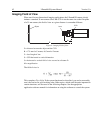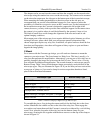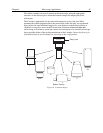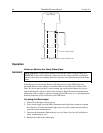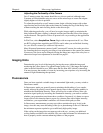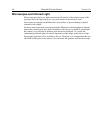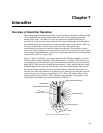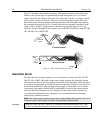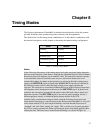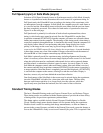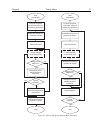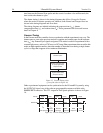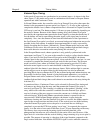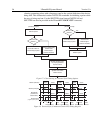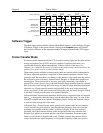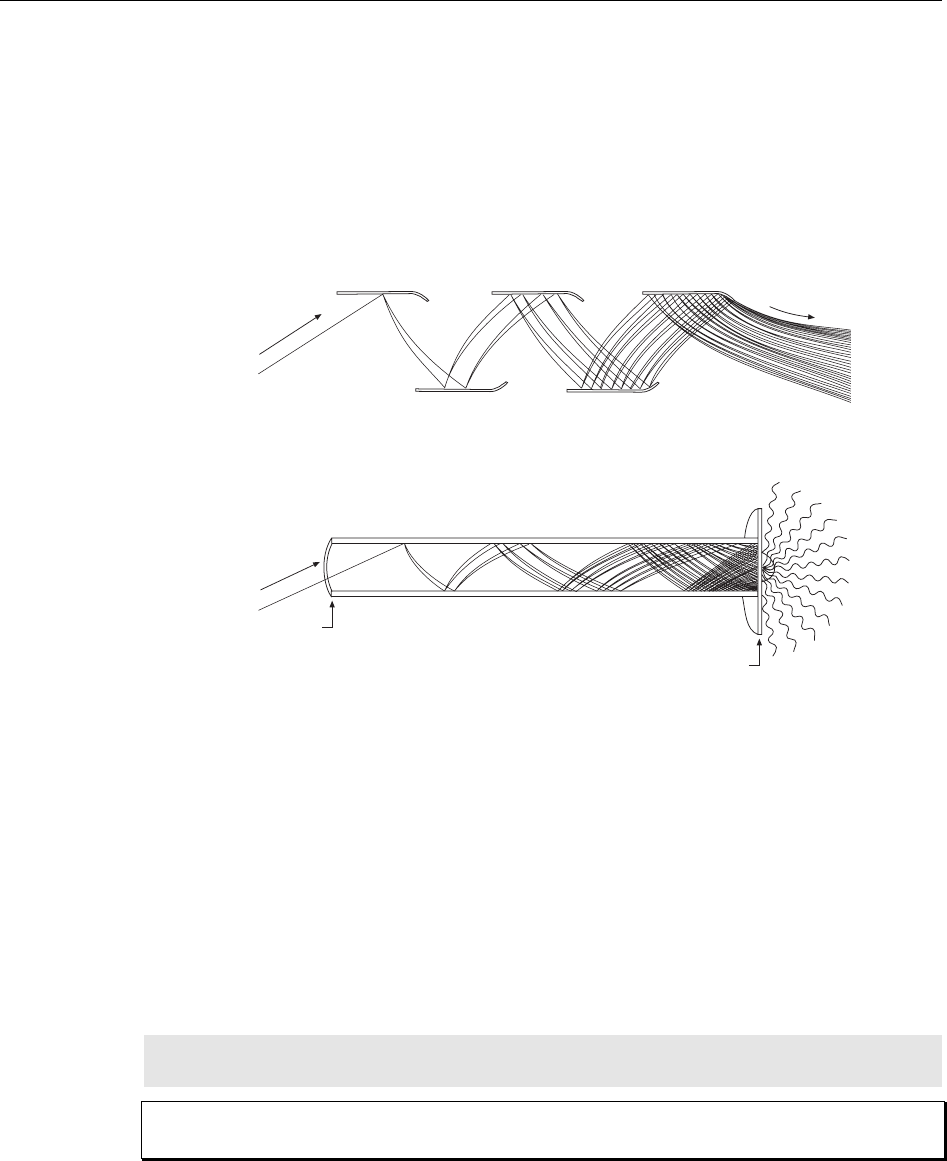
50 I-PentaMAX System Manual Version 3.A
Figure 13 illustrates microchannel operation. The channels function in much the same
manner as the dynode stage in a photomultiplier tube through the use of a secondary
emitter. Each time the electron strikes the wall of the tube, it strikes a secondary emitter,
which causes a shower of electrons. The process is driven by the potential difference
between the front and back surface of the microchannel plate. The higher the potential,
the greater the electron gain will be. Normally the tubes are operated somewhere in the
range of 500 V to 900 V, which results in an electron-gain in the range of 10
3
to 10
5
electrons. For the I-PentaMAX, this voltage is set via the MCP GAIN dial on the IIC-200
(IIC-300, IIC-100, or MCP-100).
+200 V +600 V
+400 V +800 V
+1,000 V
+200 V
+1,000 V
Electron
Paths
Electron
Paths
Photomultiplier
Microchannel
Figure 13. Microchannel Plate Operation
Intensifier Alarm
To reduce the risk of camera damage, an overload detection circuit in the IIC-200 (IIC-
300, IIC-100, or MCP-100) high voltage power supply monitors the intensifier current
and activates an alarm if the current exceeds the preset safety threshold. While the alarm
is sounding, the photocathode and MCP power are temporarily disabled. It is normal for
the alarm to sound briefly when the high-voltage supply is first turned on. If it sounds
continuously, the camera window must be immediately covered or the camera must be
turned off until the illumination level is readjusted. If the alarm sounds continuously
even when the illumination level is adequately low, its threshold must be internally
readjusted by qualified personnel.
Note: This alarm protects against damage due to light flooding the intensifier, but it will
not protect against spot damage caused by small diameter light overloads.
Contact the factory at once if sporadic or continuous unwarranted alarms occur. They
may indicate intensifier damage or another situation that requires immediate attention.
CAUTION



